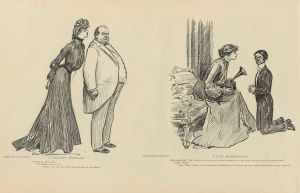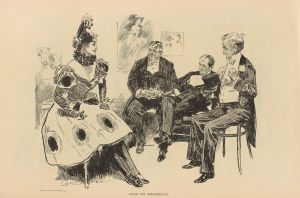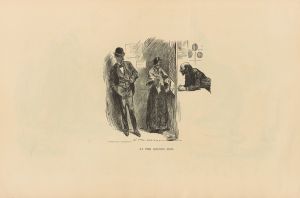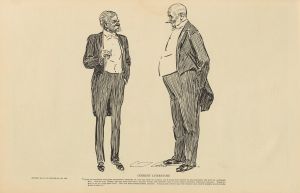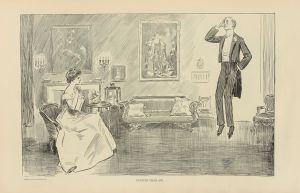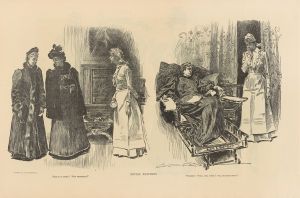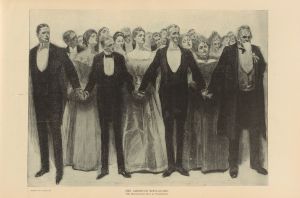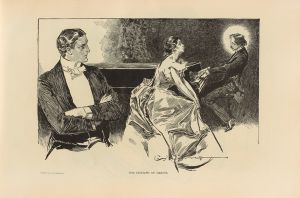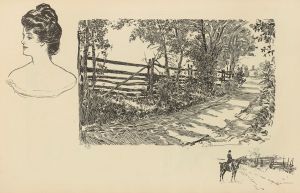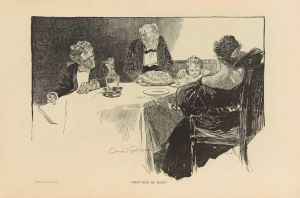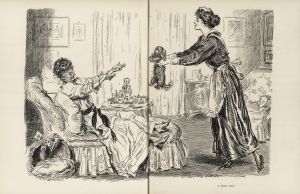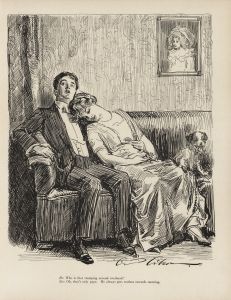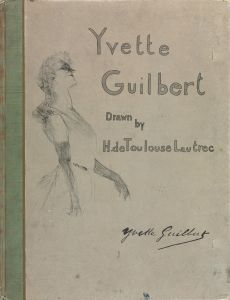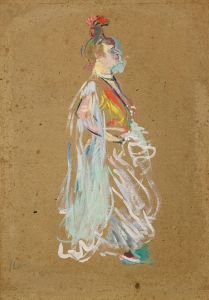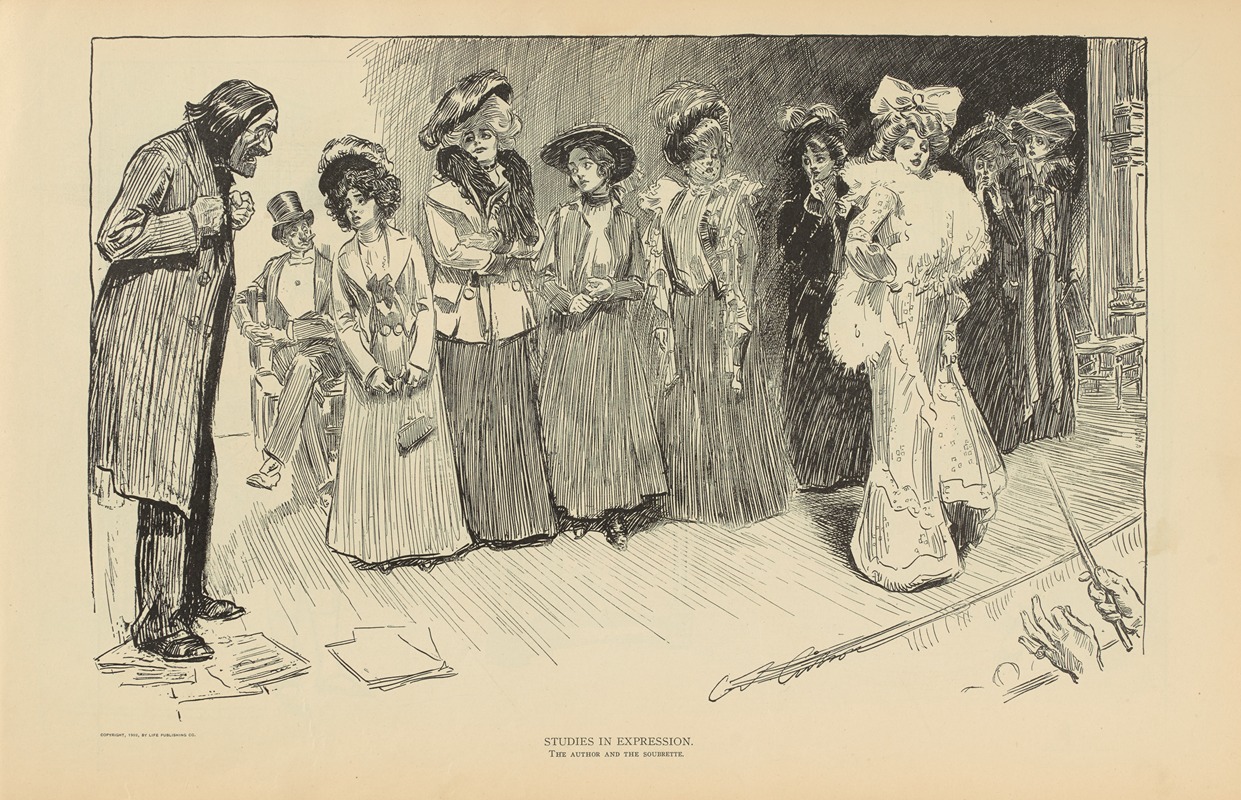
Studies in expression, the author and the soubrette
A hand-painted replica of Charles Dana Gibson’s masterpiece Studies in expression, the author and the soubrette, meticulously crafted by professional artists to capture the true essence of the original. Each piece is created with museum-quality canvas and rare mineral pigments, carefully painted by experienced artists with delicate brushstrokes and rich, layered colors to perfectly recreate the texture of the original artwork. Unlike machine-printed reproductions, this hand-painted version brings the painting to life, infused with the artist’s emotions and skill in every stroke. Whether for personal collection or home decoration, it instantly elevates the artistic atmosphere of any space.
"Studies in Expression: When Women Are Jurors" is a notable illustration by the American artist Charles Dana Gibson, created in 1902. Gibson was a prominent illustrator and is best known for his creation of the "Gibson Girl," an iconic representation of the idealized American woman at the turn of the 20th century. His works often appeared in popular magazines such as Life, Collier's, and Harper's Weekly.
The illustration "Studies in Expression: When Women Are Jurors" is a satirical piece that humorously explores the concept of women serving on juries, which was a contentious issue at the time. The artwork consists of a series of vignettes that depict various expressions and reactions of female jurors during a trial. The central theme revolves around the idea that women, when placed in positions of judicial responsibility, would bring their own unique perspectives and sensibilities to the courtroom.
Gibson's illustration captures the societal attitudes and gender norms of the early 20th century, reflecting both the progress and the resistance to women's increasing participation in public life. The detailed and expressive faces of the women in the illustration showcase Gibson's skill in capturing human emotions and his keen observation of social dynamics.
The piece is significant not only for its artistic merit but also for its commentary on the evolving role of women in society. At the time of its creation, women in the United States were still fighting for their right to vote, which would not be granted until the passage of the 19th Amendment in 1920. The idea of women serving on juries was part of the broader movement for women's rights and equality.
Gibson's work often blended humor with social critique, and "Studies in Expression: When Women Are Jurors" is a prime example of this approach. The illustration invites viewers to consider the implications of women's participation in the legal system and challenges the prevailing stereotypes about women's capabilities and roles.
In summary, "Studies in Expression: When Women Are Jurors" by Charles Dana Gibson is a historically significant illustration that combines artistic excellence with social commentary. It reflects the cultural and societal debates of the early 20th century regarding women's rights and their place in public life. Through his detailed and expressive artwork, Gibson provides a humorous yet thought-provoking perspective on the potential impact of women serving as jurors.





